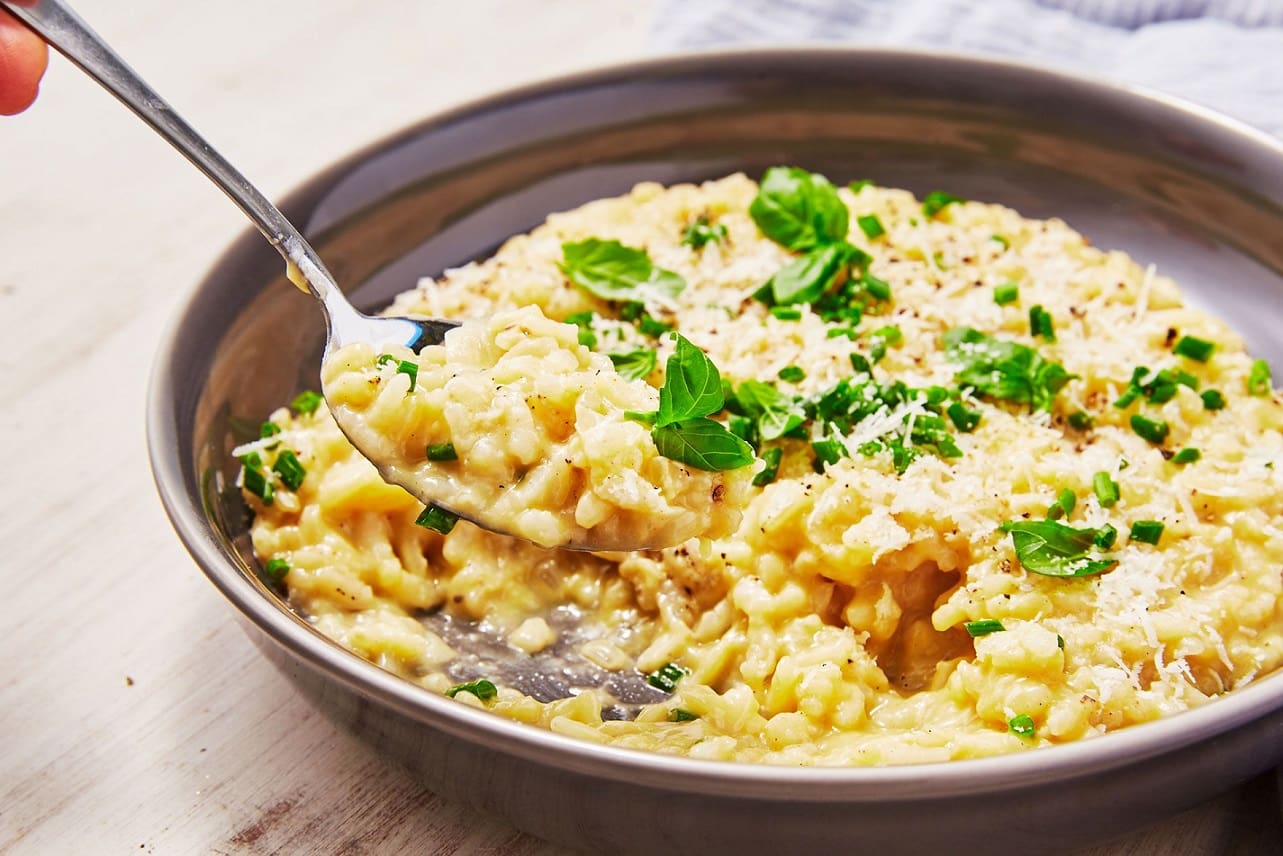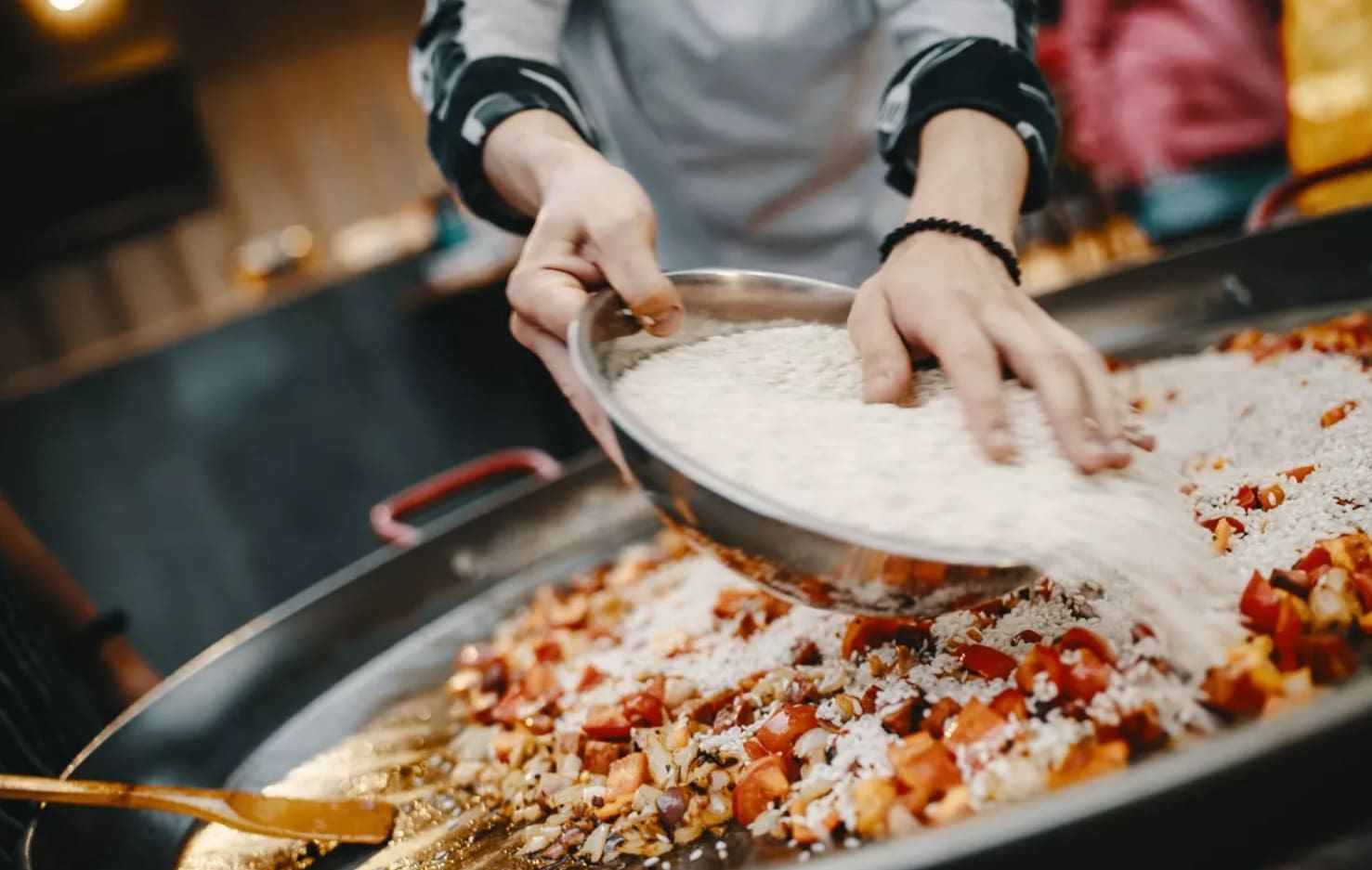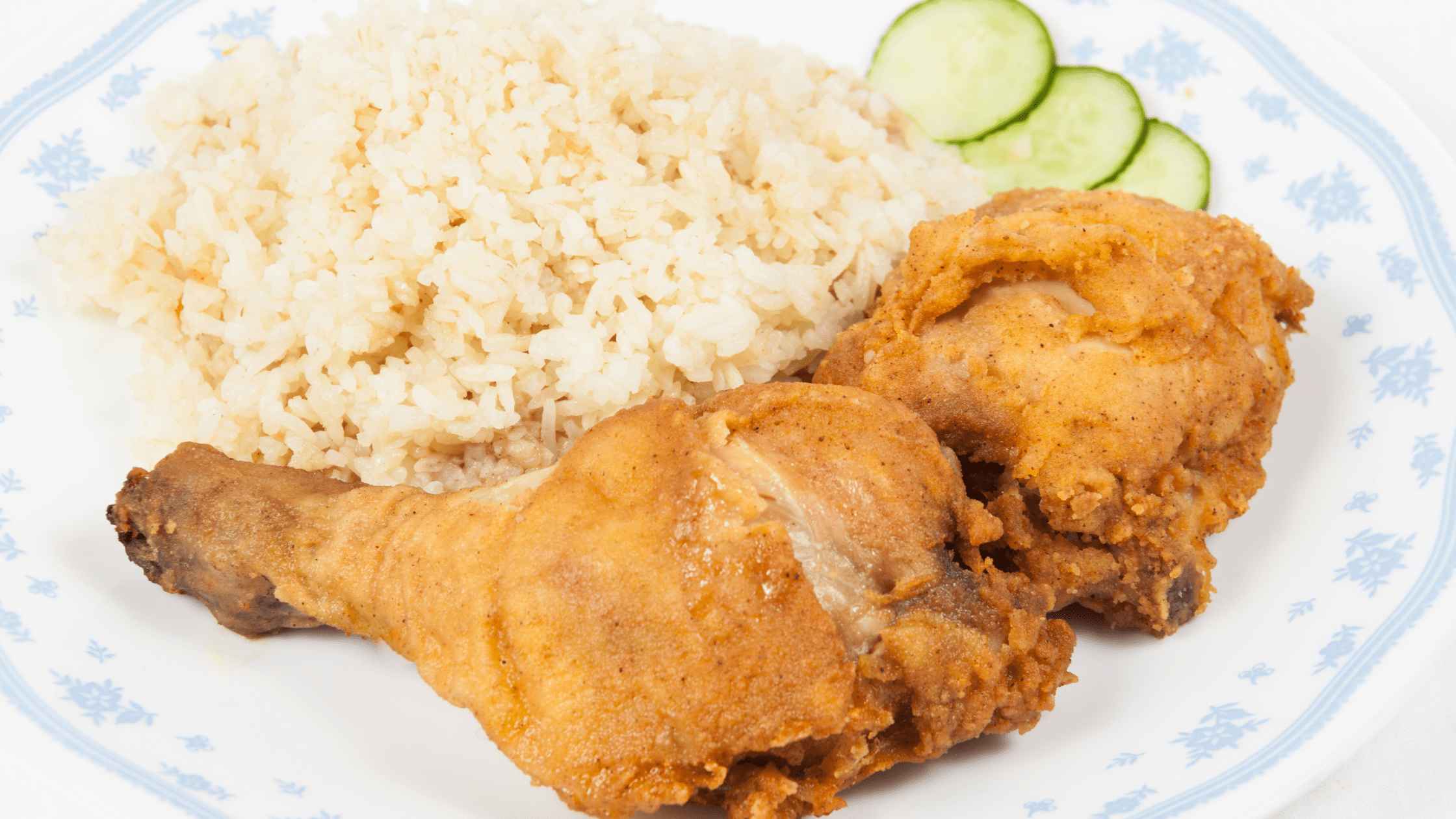Introduction
Arborio Rice is a short grain, white rice commonly used in risotto and in many other dishes. Washing it before cooking, however, is not required.
Many people have asked this question as they wonder whether they should wash the rice before cooking or not. Does washing the rice make it better? Will washing the rice ruin its delicate texture? Most of these questions have been answered by others, but not all of them.
What Is Arborio Rice, And Where Does It Come From?
Arborio rice is short-grained, white rice commonly used in Italian cooking. It is often used in risotto and as a substitute for arborio rice. Arborio rice is a varietal of Oryza sativa . The word ” Arborio” is from the Italian meaning “from Arno.”
Arborio rice comes from Tuscany, the region which shares the same name. Arboria is the historical name for this region, which was once called Pistoia before being renamed. The city of Florence was once located in this region, and from these beginnings, Arborio rice’s exact origin is derived.
The variety of Arborio rice known as “Arborio duro” was first cultivated in the central area of Tuscany, which lies around the city of Pistoia. In 1824, Agricolo Mazzola, a farmer from Pistoia, began to cultivate this single variety of Oryza sativa varietal. He called it “Arborento,” which means “hardy.”
When Was Arborio Rice First Discovered?
Since it is a type of rice, Arborio Rice was probably discovered around the same time as the rice. Rice is one of the oldest cultivated grains in the world, with evidence to support this notion found in China and other parts of Asia. However, no exact date has been found because there are no records of when it was first cultivated.
How Do You Wash Arborio Rice Before Cooking It, And Why Is It Necessary To Do So?
Arborio rice should not be rinsed until it is almost completely cooked. This is because the starch dissolved in the water activates the natural starches, which will give a creamy texture and pasta. Arborio rice absorbs more than double its quantity, so 1 cup of uncooked Arborio rice should absorb about 2 cups of liquid. The water that this amount of Arborio absorbs will become creamy after boiling for a certain period.
What Are Some Dishes Can Be Made With Arborio Rice, And How Do They Differ From Dishes Made With Other Types Of Rice?
1. Risotto
Risotto is one of the most popular dishes in Italian cuisine. It originated in Italy, and its name comes from the Italian word “riso,” which means “rice.” It was one of the earliest types of rice to be cultivated, and it remains one of the most popular dishes in Italian cuisine today. There are a lot of recipes for risotto, but they all share some ingredients that make them different in taste. One essential ingredient is arborio rice. This rice is known for being rich in starch and absorbing flavors easily, making it very special among other types of rice.
2. Pudding
In Japan, there is a traditional pudding called “Chazuke.” This dessert is often made with Arborio rice. It has sweetened red bean paste and other ingredients. Because Arborio rice absorbs liquid quickly, it is challenging to become sticky when mixed with a small amount of water. It is an excellent ingredient for this dish because it helps the red bean paste dissolve easily and gives a soft texture to the dish.
3. Rice Balls
Many different recipes use Arborio rice as one of their ingredients. These recipes are often found in Asian cuisines but are also used in Japanese cuisine. In Japanese cuisine, rice balls are made with cooked rice, then rolled and filled with ingredients such as vegetables or meat. Arborio rice’s ability to absorb a lot of liquid and become creamy after being boiled is an excellent ingredient for making this dish.
4. Rice Crackers
Rice cutters that use Arborio rice as one of their ingredients are also a popular choice among many people.
Is There A Difference In Taste Or Texture When Dishes Are Made With Washed Vs. Unwashed Arborio Rice, And If So, What Is It?
There is no difference in taste or texture when dishes made with washed and unwashed Arborio rice are compared. There is, however, a difference in the quality of the dish. The dishes with dirty Arborio rice may be slightly less moist than when washed Arborio rice because the starch and other starches do not dissociate very well. This makes it difficult for the dish to absorb liquid during cooking, which may cause some unappetizing surprises.
How Should You Store Leftover Arborio Rice, And How Long Will It Stay Fresh?
It is better to store it in a cool place. Because it contains lots of starches, it can be kept in a refrigerator for more than a week. If you freeze it, you can use the leftover Arborio rice within six months. After that, the texture of the rice may change and become hard. Some people even say that Arborio rice becomes more delicious when stored for an extended period because the flavor becomes richer and the texture varies from creamy to crunchy.
Can Arborio Rice Be Frozen, And How Should It Be Done?
Arborio rice can be frozen, but it is not recommended. You should store it in the freezer so it doesn’t become stiff. Just be careful when thawing it under running water because the starch in Arborio rice can quickly dissolve.
Conclusion
Arborio rice is a type of short-grain rice. Many kinds of Italian cuisine use this rice as an ingredient, such as risotto, pudding, and rice balls. If you want to cook Italian cuisine, Arborio rice is the best choice because it has the perfect texture for making dishes with a creamy texture.


